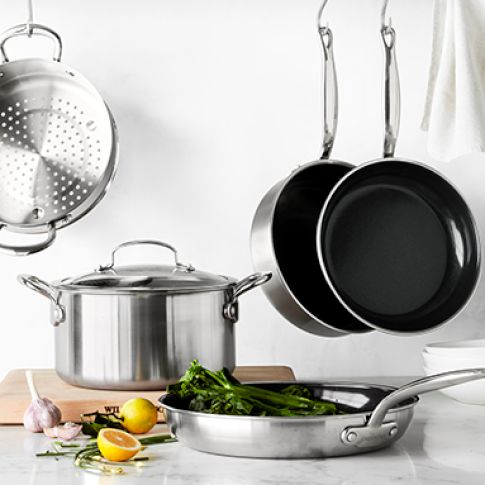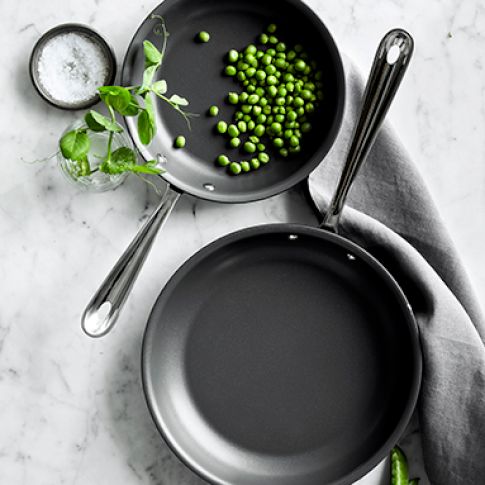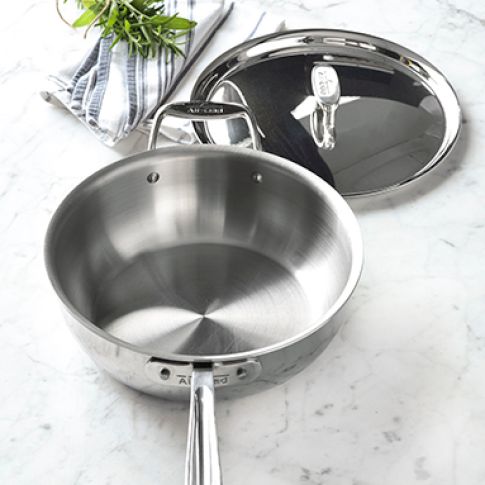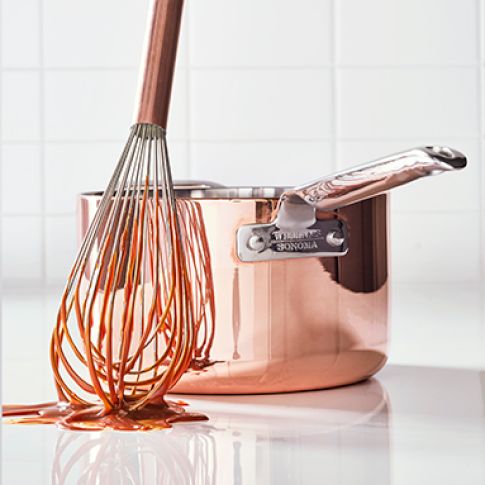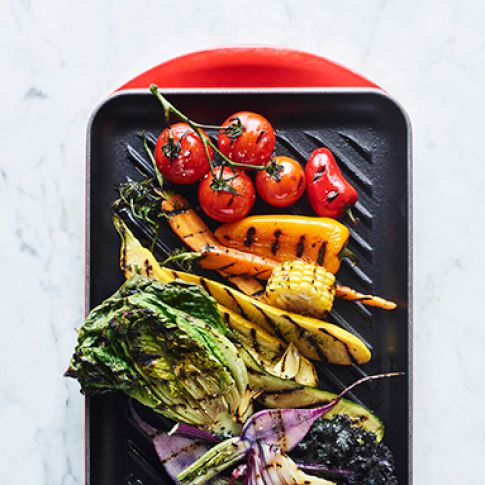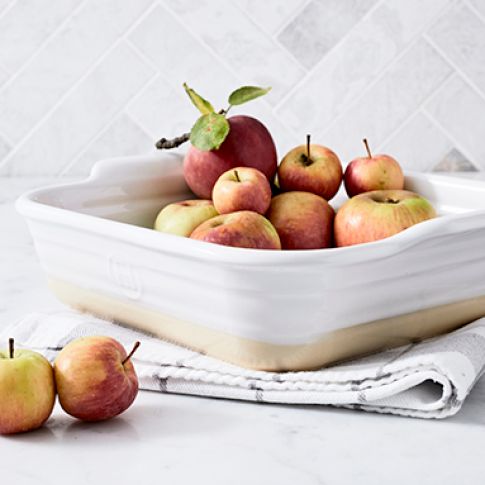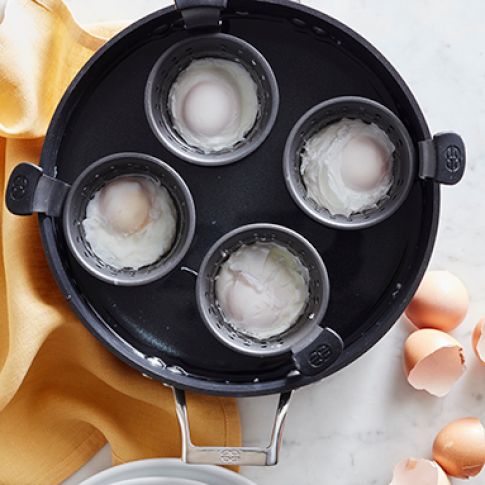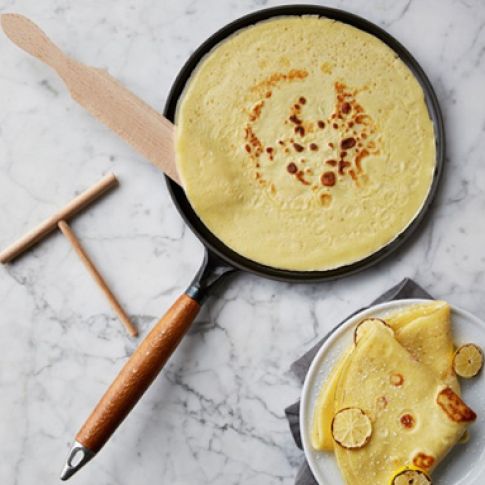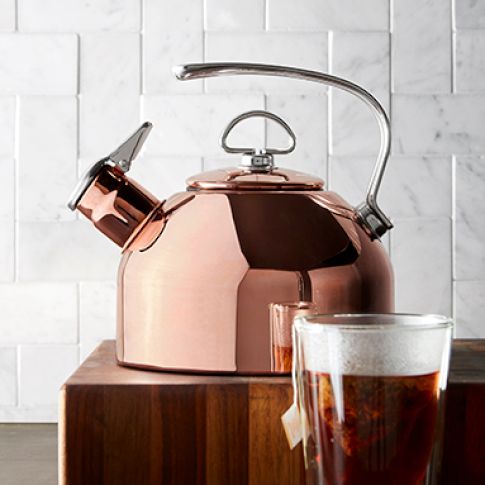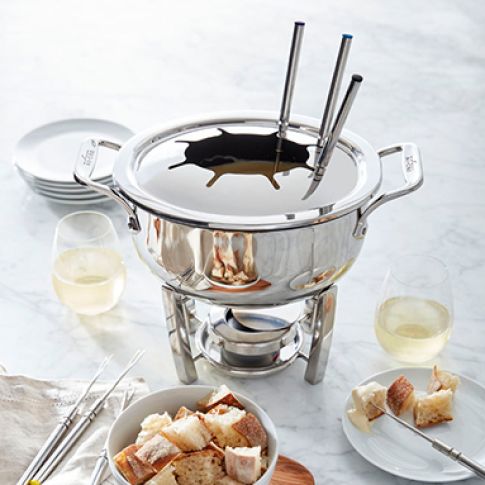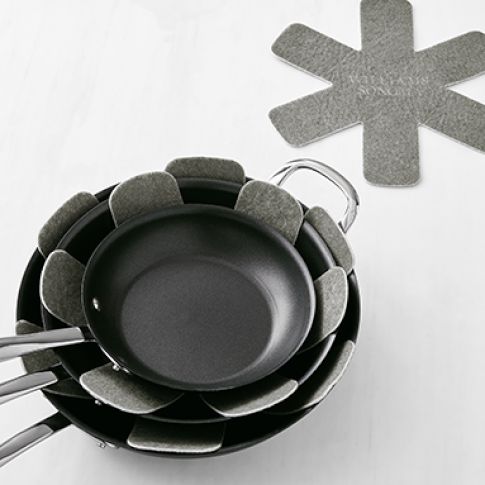Related Categories
Create Authentic International Meals with Paella Pans
The delights of a good pan of paella go beyond the sum of the ingredients. The unique Spanish dish of rice with meat or seafood and veggies gets its floral-sweet and almost bitter taste from a brilliant dash of saffron--and the right pan. Paella pans ensure your paella is as savoury and memorable as the authentic plates served in Spanish homes for centuries.
International cooking becomes easier and more accessible when you stock up on high-quality pots, pans or ovens made for certain meals. Pizza is best on a pizza stone. Tagine is best from tagine pots and paella is best from paella pans.
How Do I Use My Paella Pan?
Paella pans are wide and shallow, so that rice simmers beautifully across its surface. Liquid in this shape pan allows other ingredients to tenderize without becoming soupy, too.
- The goal when making paella is to create a layer of soccorat or caramelized rice crust. Soccorat comes from the Spanish verb "to singe."
- The almost-burnt layer is a beloved facet of Spanish and Latin American cooking. Some cultures call it pegao, raspa or concón.
- The trick is to simmer rice on low, then turn up the heat last minute and lower it again. You'll use a spoon to release the rice from the pan.
- Practice the technique until you get your soccorat how you like it. You may need a few tries to master the heat levels and timing, which is perfectly normal.
- Your paella pan is made for this technique, so don't worry about blasting it with heat or pushing with the spoon to remove the rice.
The great thing about these pans is that you can use them for so much more than paella. Try crisping up potatoes or searing tofu or meat. Make a batch of other grains with vegetables as a side. This is a highly multi-purpose pan.
Pair yours with cooking utensils made of the right materials. Silicone is best for high heat, while wooden spoons protect your pan's finish.
Caring for Your Paella Pans
With the right care, your pans will last for years.
- Seasoning is the best way to start. Clean the pan, then rub it with oil and warm it slowly on a burner.
- Cleaning requires a non-abrasive cleanser and a scrub brush that won't scratch any finishes.
- After cleaning, dry your pan thoroughly and put it away, so that it doesn't ding against other pots or pans.
- Make sure you get the pan that suits your cooktop. A cast iron pan works across burner types, or get dimpled versions for gas or electric.
Expand Your Cuisine with Tagine Pots
If you find yourself falling in love with international cooking, expand your repertoire to include tagine pots. These conical pots cook food with steam that condenses, then rains back onto food lightly, similar to a covered casserole dish, but with a continual basting action that seasons and infuses rich aromas and flavours.

